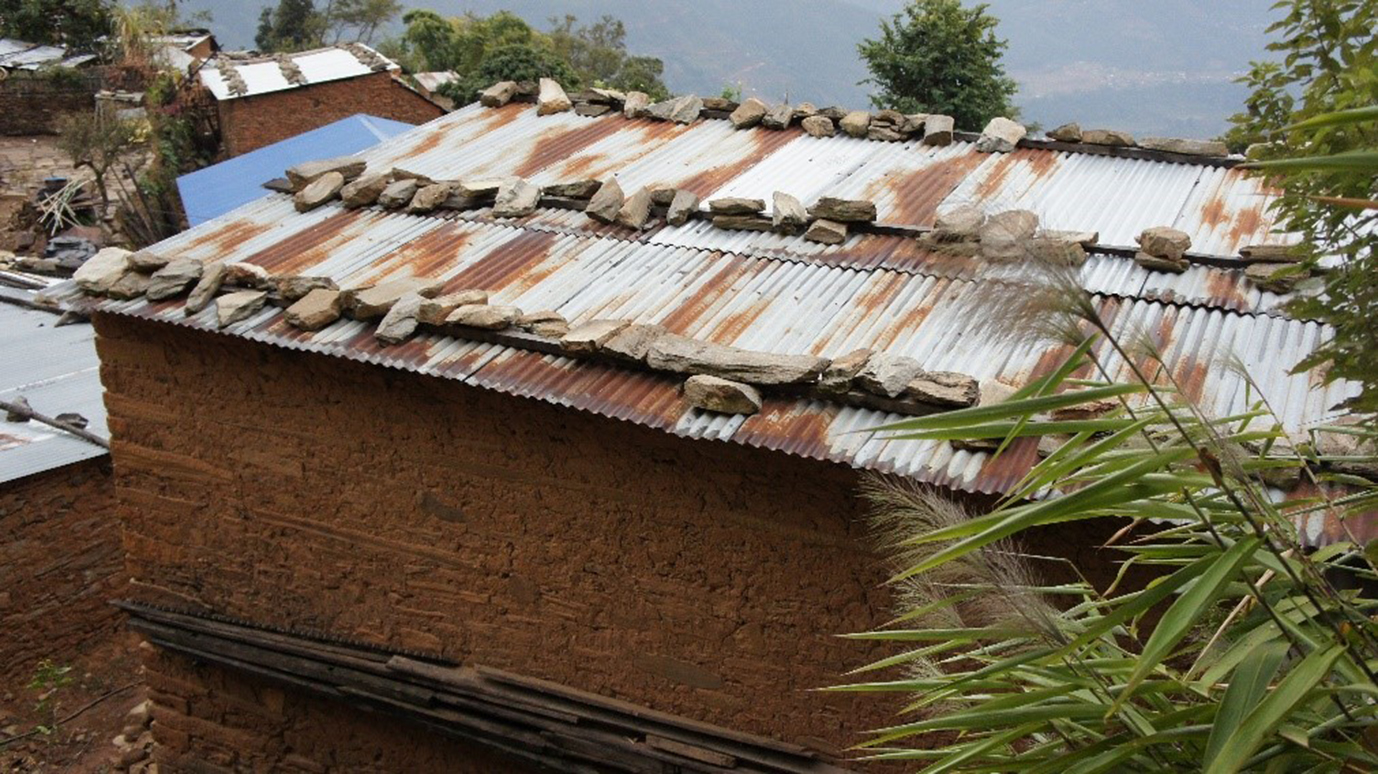 “Earthquakes don’t kill people, buildings do.” It’s become the go-to adage among post-disaster reconstruction experts who cite poor construction as the man-made cause of fatalities in the event of such natural disasters. A problem, they say, that can be remedied by working with local governments to improve building standards and training vulnerable communities how to build back better. This is, of course, true, but achieving it is anything but straightforward.
“Earthquakes don’t kill people, buildings do.” It’s become the go-to adage among post-disaster reconstruction experts who cite poor construction as the man-made cause of fatalities in the event of such natural disasters. A problem, they say, that can be remedied by working with local governments to improve building standards and training vulnerable communities how to build back better. This is, of course, true, but achieving it is anything but straightforward.
“It’s more than just a technical matter,” says our student Martina Manna, who has just published the preliminary findings of her research on disaster resilience in Nepal this past year, in Nuwakot district’s village of Ratmate—where 60% percent of homes were destroyed during the 2015 earthquake and at least 70% are still living in temporary houses and damaged buildings.
Communities who hold their own particular belief systems based on deep-rooted social and cultural values, she says, won’t necessarily adopt best practices as a result of a training workshop. As she summed up in her thesis, “The maladaptation of the built environment is influenced by perception of safety and interpretation of risk.”
In other words, old habits die hard. Even in communities with highly skilled masons, building protocols will not change overnight, and naturally, people will resort to making decisions based on what they have known their whole lives.

Martina says she recognized this “knowledge gap” when working as a construction site manager for an non-profit in Nepal in 2016, just before starting our masters program. “I started noticing incoherences between their set of skills and the way the built their homes,” she says, citing recurrent practices like the use of large rocks to hold down metal roofing. The measure allows them to avoid perforating the metal sheets with nails, making it easier to recycle them for future use and thus save money—but constitutes a major safety hazard. In another example, reinforced concrete is perceived to be so earthquake-proof that it is often used to erect homes in high-risk areas like cliffs or adjacent to damaged buildings. Other community members were reluctant to employ recommended safety measures simply because they believed there would not be an earthquake in Nepal for another 80 years.

After going back several times to conduct further research for her thesis, she published her preliminary findings in a paper together with our faculty member Lorenzo Chelleri, an expert in urban resilience. Chelleri says “unsafe practices can be minimized only once the local perceptions about risk and safety are properly assessed and understood. The formal and informal chains and networks through which knowledge flows will tell you where the issues are and how to overcome unsafe building practices and maladaptations.”
Since finalizing her research, Martina is working on a more comprehensive in-depth analysis report containing 100 interviews and houses assessment to be published next year in an international journal.

For now, the findings reveal an important link between the theory and practice of post-disaster reconstruction and deepens the discussion beyond the building-back-better mantra. To successfully implement building back better practices, architects and planners must recognize and understand the existing practices embedded in a community, and work from there.
“Social factors are a key element affecting post-disaster reconstruction and cannot be underestimated when implementing programs on the ground,” Martina says. She believes more research is needed to “better understand how these social factors interact with the decision- making processes that shape the built environment, and how policies could leverage a ‘culture of compliance’ to enhance safe reconstruction by negotiating the meaning of risk in order to better address building back better challenges.”
As research continues to prove, the social environment of a place plays a fundamental role in creating safer and more sustainable communities.
——
All photos © Martina Manna

